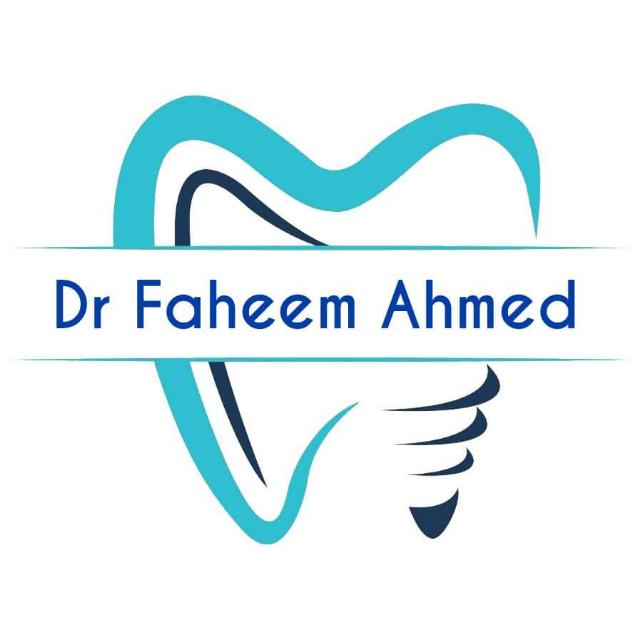Oral cancer, also known as mouth cancer or oral cavity cancer, refers to malignant tumors that develop in the oral cavity, including the lips, tongue, gums, cheeks, floor of the mouth, roof of the mouth (palate), and throat. Oral cancer can be life-threatening if not detected and treated early. Here’s an overview of oral cancer:
1. Types of Oral Cancer:
o Squamous Cell Carcinoma (SCC): This is the most common type of oral cancer, accounting for the majority of cases. SCC originates from the squamous cells that line the oral cavity and can occur on the lips, tongue, gums, cheeks, or throat.
o Oral Cavity Melanoma: Melanoma is a less common type of oral cancer that develops from melanocytes, the cells that produce pigment. It can occur on the lips, gums, palate, or inside the cheeks.
o Adenocarcinoma: This type of oral cancer originates from the salivary glands and can occur in the oral cavity or throat.
o Sarcoma: Sarcomas are rare tumors that develop from connective tissues, such as muscle or bone, in the oral cavity.
2. Causes and Risk Factors:
o Tobacco Use: Smoking cigarettes, cigars, pipes, or using smokeless tobacco increases the risk of oral cancer.
o Excessive Alcohol Consumption: Heavy alcohol consumption, especially when combined with tobacco use, significantly increases the risk of oral cancer.
o Human Papillomavirus (HPV) Infection: Certain strains of HPV, particularly HPV-16 and HPV-18, have been linked to an increased risk of oral cancer, especially in younger individuals.
o Sun Exposure: Prolonged exposure to sunlight can increase the risk of lip cancer.
o Poor Oral Hygiene: Chronic irritation of the oral tissues due to poor oral hygiene or ill-fitting dentures may increase the risk of oral cancer.
o Age: The risk of oral cancer increases with age, with most cases diagnosed in individuals over the age of 45.
o Gender: Men are at a higher risk of developing oral cancer compared to women.
o Family History: A family history of oral cancer may increase the risk of developing the disease.
3. Symptoms:
o Persistent mouth sore or ulcer that does not heal
o Lump, mass, or thickening in the mouth or throat
o Red or white patches on the gums, tongue, or lining of the mouth
o Difficulty chewing, swallowing, or speaking
o Persistent sore throat or hoarseness
o Numbness or pain in the mouth or lips
o Swelling or enlargement of the jaw
o Unexplained weight loss
4. Diagnosis:
o Physical Examination: A dentist or doctor will perform a thorough examination of the oral cavity and may use special tools to assess any abnormalities.
o Biopsy: A tissue sample may be taken from the suspected tumor for examination under a microscope to confirm the diagnosis of oral cancer.
o Imaging Tests: X-rays, CT scans, MRI scans, or PET scans may be performed to evaluate the extent of the tumor and whether it has spread to nearby tissues or lymph nodes.
5. Treatment:
o Treatment for oral cancer typically involves a combination of surgery, radiation therapy, chemotherapy, or targeted therapy, depending on the stage and location of the tumor.
o Early-stage oral cancer may be treated with surgery alone, while more advanced cases may require a combination of treatments.
o Supportive care, such as nutritional counseling, speech therapy, and psychological support, may also be provided to help manage symptoms and improve quality of life.
Early detection and prompt treatment are crucial for improving the prognosis and outcome of oral cancer. Regular dental check-ups, self-examinations of the oral cavity, and awareness of risk factors can help detect any suspicious changes early on. If you notice any abnormalities or symptoms in your mouth, it’s important to consult with a dentist or doctor for further evaluation and appropriate management.



